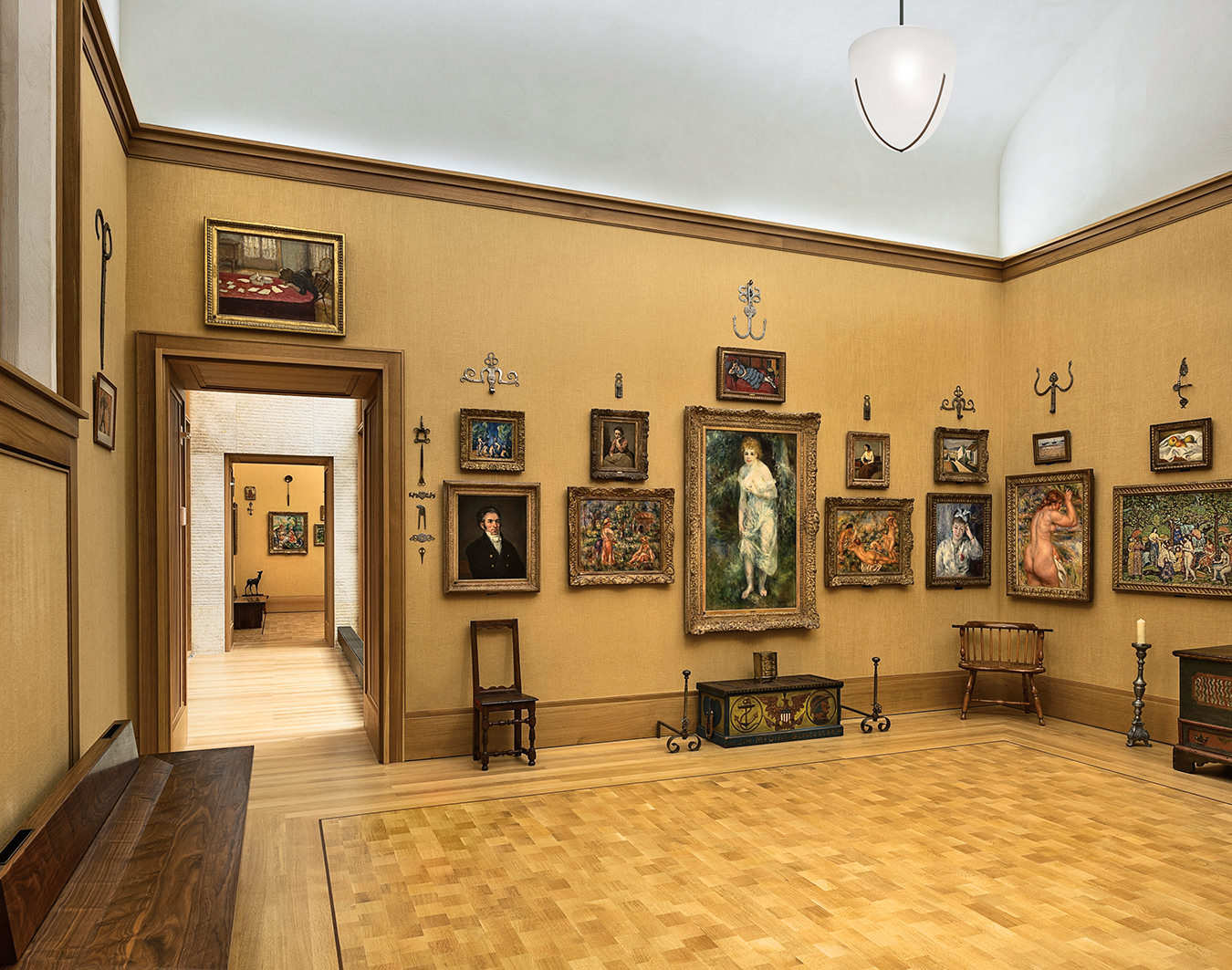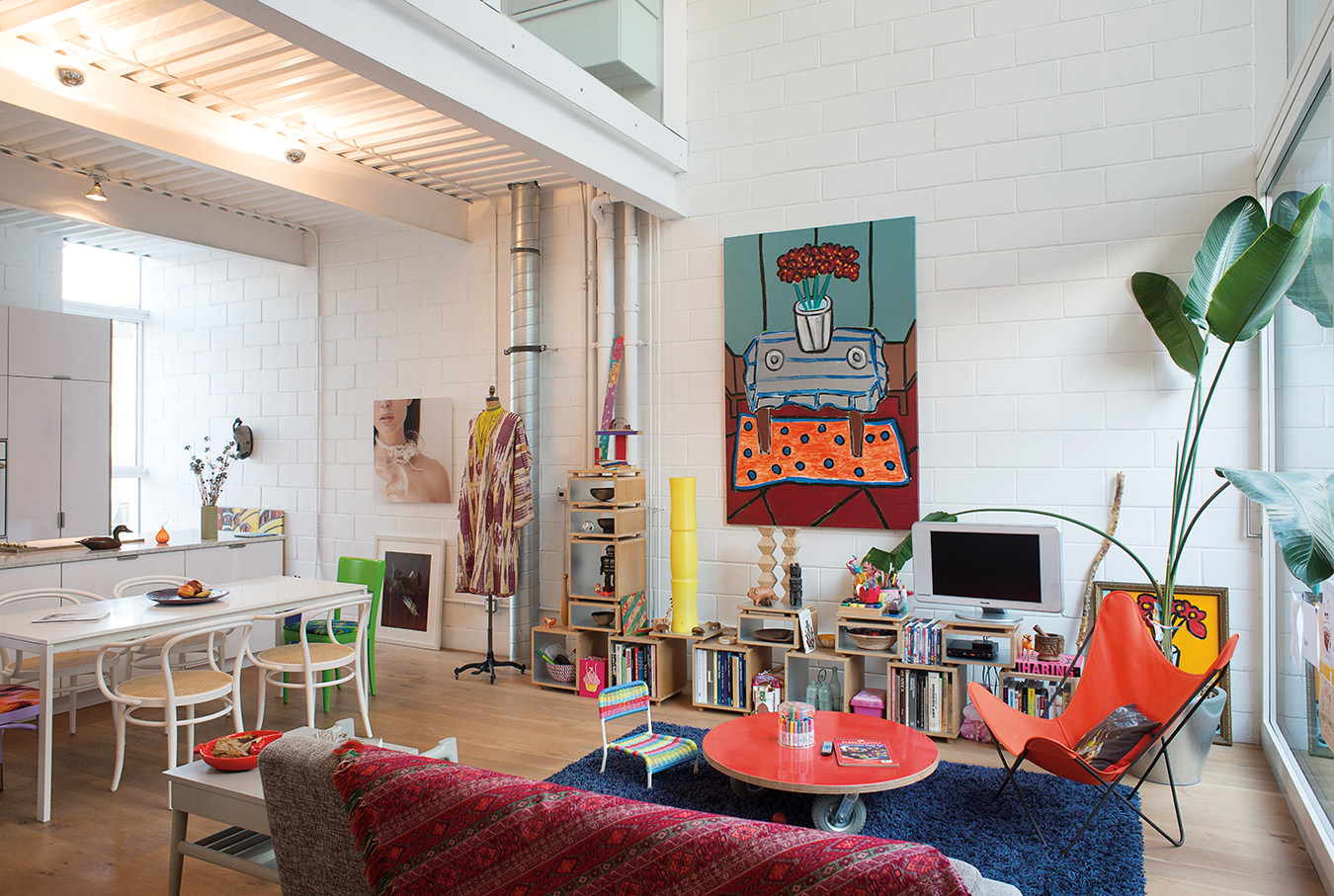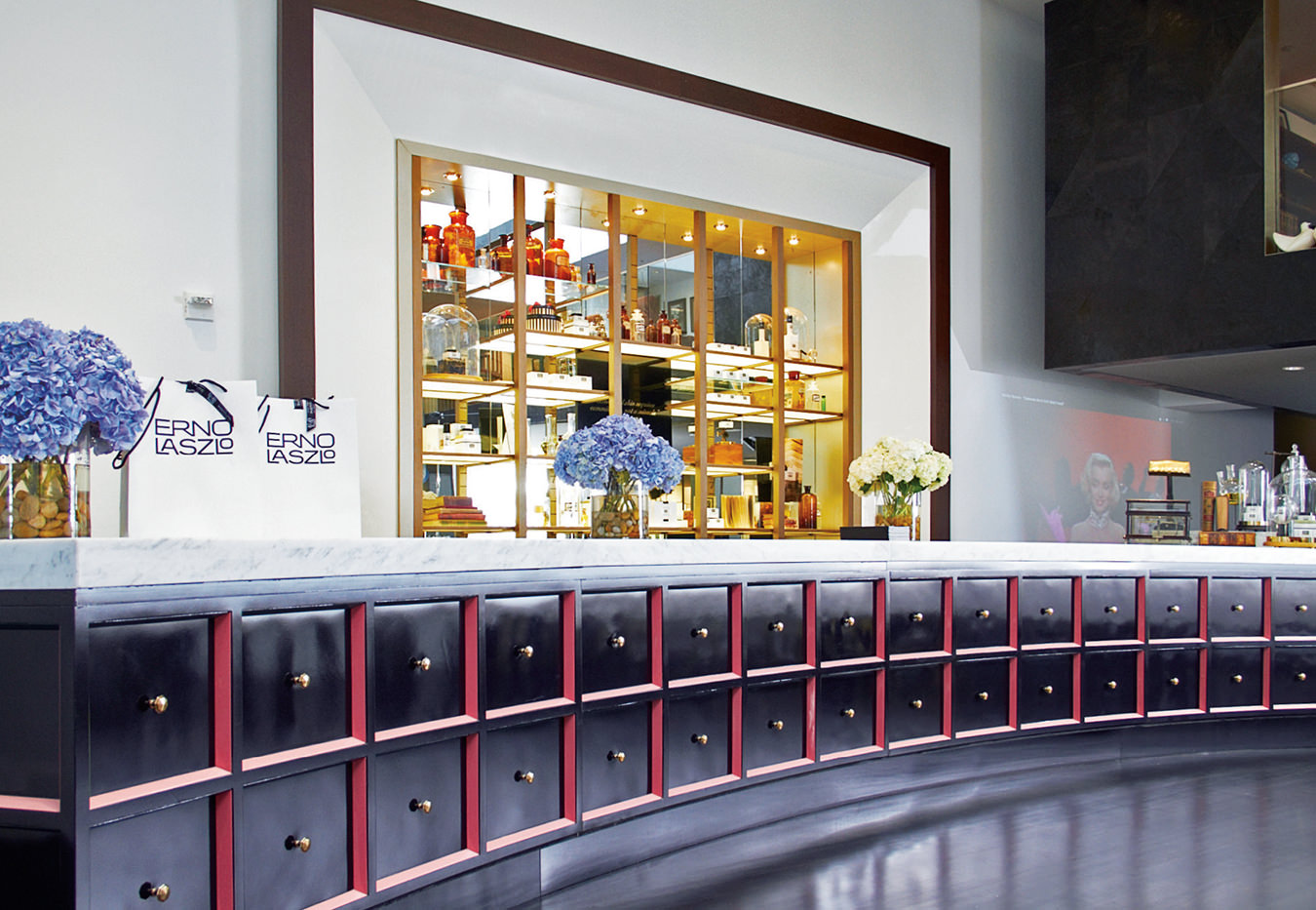The Rebirth of the Barnes
Passionate about pictures.

The Barnes Foundation’s new home in Philadelphia. Photo ©2012 Tom Crane.
The Barnes has changed, yet it is unchanged.
After decades tucked away on a leafy campus in Merion, Pennsylvania, the Barnes collection, in all its richness, has relocated to a new building on the Benjamin Franklin Parkway in Philadelphia. Imagine, if you can, 181 Renoirs, 69 Cézannes, 59 Matisses, 46 Picassos, 18 Rousseaus, seven van Goghs, and six Seurats. The concentration of Impressionist, Post-Impressionist, and early modern art is unrivalled; the Louvre doesn’t have it, and neither do the Metropolitan Museum of Art or the Museum of Modern Art.
From 1910 until his death in 1951, Dr. Albert C. Barnes amassed one of the most important private art collections in the world. Dr. Barnes was a pharmaceutical magnate who devoted a fortune made from Argyrol, an antiseptic silver compound drug of his own invention, to the creation of this extraordinary collection. He had great faith in his eye, and every item expressed his idiosyncratic ideas about art. For four decades, Dr. Barnes preached that all good forms of art should be considered equal. In his collection, hundreds of antiquities, African sculptures, Pennsylvanian folk art, Navajo rugs, ceramics, Asian prints, and medieval manuscripts coexist.
There have been critics of the relocation—those who say the new location is flagrant commercial exploitation—but the legal ambiguities surrounding his wishes and the once-uncertain future of the foundation have allowed the city of Philadelphia to re-establish the Barnes in a more central location.
Close to five years in the making, the “gallery in a garden, a garden in a gallery” officially opened in May. Whereas the original building was neoclassical and sober, the new Barnes is postmodern, all raw stone and glass. Architects Tod Williams and Billie Tsien chose a Negev stone, used throughout the building in different textures. The choreographed procession into the Barnes Collection begins with an approach via an allée of Japanese maples bordering long reflective pools designed by landscape architect Laurie Olin. By the time you get to the front door, you have screened out the world and are in wanting for what’s inside.
Nearly every room is an exhibition unto itself—intimate, each seamlessly mixing natural and artificial illumination into a diffuse, even light. Every aspect of the design follows intensive study of the original architecture and the collection. Go into one gallery, and into another, and another. There is more, and more, and more. The paintings are rehung in the configurations that they were in at the Merion, in rooms of the same size and proportions, the walls covered in the same mustard-coloured burlap, windows still facing south. Matisse’s magnificient La Danse unfurls above the tall windows of the main gallery and his Le Bonheur de Vivre, once in a stairwell, has been given its own space.
When you spend time at the Barnes, you get a sense of what it’s about. You know it’s a very important place—and not just because it has great, great paintings. Rather, the entity is a realization of a set of ideas: Barnes’s doctrine was to show, not tell.
Dr. Barnes chose to arrange his collection not by period, not by artist, not by aesthetic value, but in ensembles: distinctly symmetrical wall compositions organized according to the formal principles of light, colour, and space. The galleries are devoid of text panels and even wall labels, forcing you to look at the art and not give attention to the who of the artist. There are myriad antique decorative metalworks—from door hinges to silver spoons—amongst the masterpieces; Dr. Barnes’s way of forcing us to see the art in everyday things.
The “new” Barnes works. The architects have succeeded in retaining its identity while rooting it in the 21st century. The Barnes is all about the Barnes. At a time when so many museums seem dedicated to turning themselves into social centres or entertainment hubs, the Barnes foregrounds art and reasserts what matters most: the eye of the viewer.
Photo ©2012 Tom Crane.




